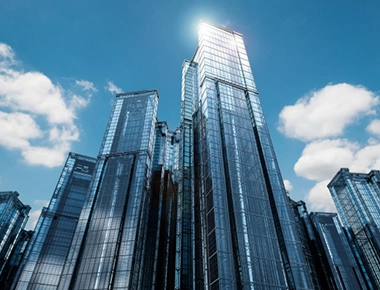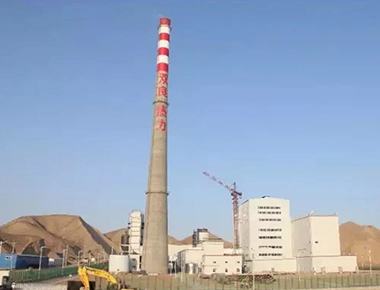Background Introduction
In recent years, with the accelerating pace of urban modernization, intelligent buildings have gradually developed rapidly towards intelligent building clusters, intelligent blocks, intelligent cities, intelligent countries, and even intelligent Earth. Therefore, intelligent buildings have also become a symbol of the economy and strength of a region, a city, or a country. At the same time, the issue of energy conservation in smart buildings is facing people. According to incomplete statistics, building energy consumption accounts for one-third of the country's total energy consumption. In order to reduce building energy consumption and improve electricity efficiency, the use of reactive power compensation can effectively achieve the goal of energy conservation.
Existing Problems
In intelligent buildings, switch mode power supplies, computers, printers, copiers, elevators, energy-saving lighting fixtures, UPS, central air conditioning, LED display screens, etc. are widely used. Most of these devices have small capacities, but they are in large quantities, which have a significant impact on the overall power quality. In intelligent buildings, non-linear loads are mainly used, and their load characteristics mainly include the following aspects:
① There are many single-phase electrical equipment, which generally account for about 50% of the total electricity consumption. Using single-phase power supply causes three-phase distribution load imbalance, excessive neutral current, and neutral point deviation;
② Due to the non-linear nature of electrical equipment, the harmonic content and power factor generated by them are high, resulting in a decrease in the power quality of smart buildings. Research has shown that smart buildings are an important source of harmonic generation;
③ Most electrical devices have high requirements for power quality and are sensitive to harmonics.
Reactive power compensation design
Based on the load type and transformer capacity of Jiangsu Financial Building, the reactive power compensation design capacity configuration between the incoming cabinet and the load is as follows:
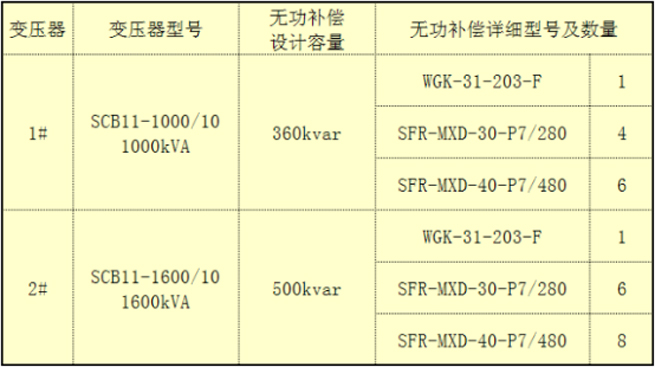
Product Introduction
The SFR-M series intelligent dynamic harmonic suppression reactive power compensation module is an integrated reactive power compensation product specifically designed for harmonic and power factor problems in 0.4KV low-voltage distribution networks with severe harmonic pollution. It achieves power factor improvement, effective harmonic suppression, reduces line loss, and improves power quality.
The intelligent dynamic harmonic suppression reactive power compensation module includes: DSP digital processing circuit, highly integrated detection, control, protection, display unit, zero crossing switching module, discharge and air cooling unit, filtering reactor, low-voltage filtering power capacitor, and functional module operation status indication circuit. This series of modules is a new generation of dynamic filtering and compensation equipment for 0.4KV low-voltage distribution networks. It is suitable for frequent load changes and high voltage qualification requirements in electric fields. The total time for judging switching and switch action is ≤ 20ms. It is a typical integrated dynamic tracking and compensation module.
Technical Parameter
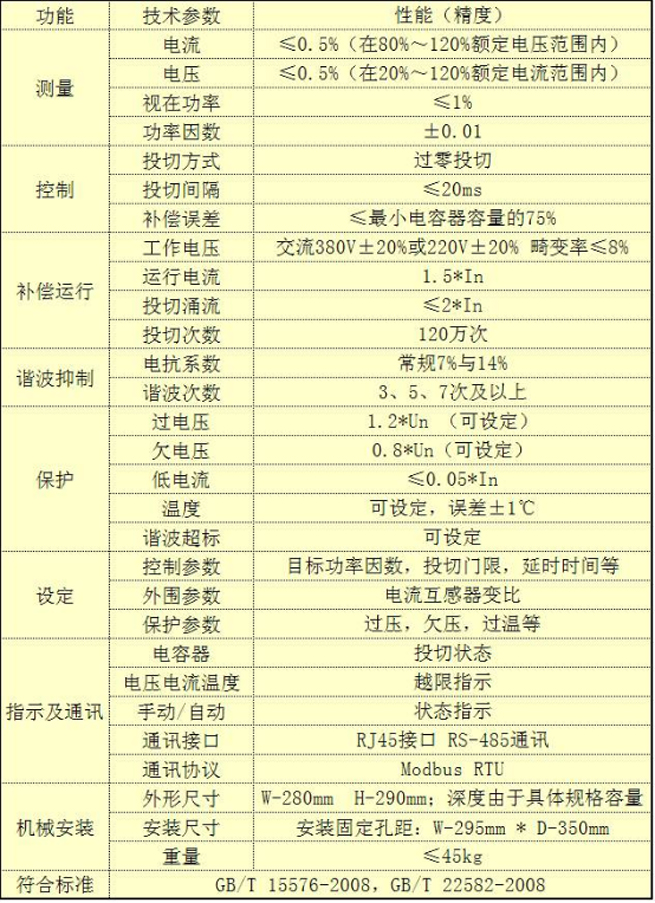
Module System Diagram

Project Summary
The SFR-M series intelligent dynamic harmonic suppression reactive power compensation module can achieve efficient filtering of harmonics. Considering the three-phase load asymmetry in smart buildings, a combination of split phase compensation and three-phase compensation is adopted during compensation. At the same time, series reactors are installed in the compensation module to limit the closing inrush current of the compensation branch on the one hand, and to suppress harmonics on the other hand. This comprehensive management of harmonics, reactive power, etc. in smart buildings is achieved through the role of split and co compensation modules, optimizing power quality, and ultimately achieving energy conservation.







































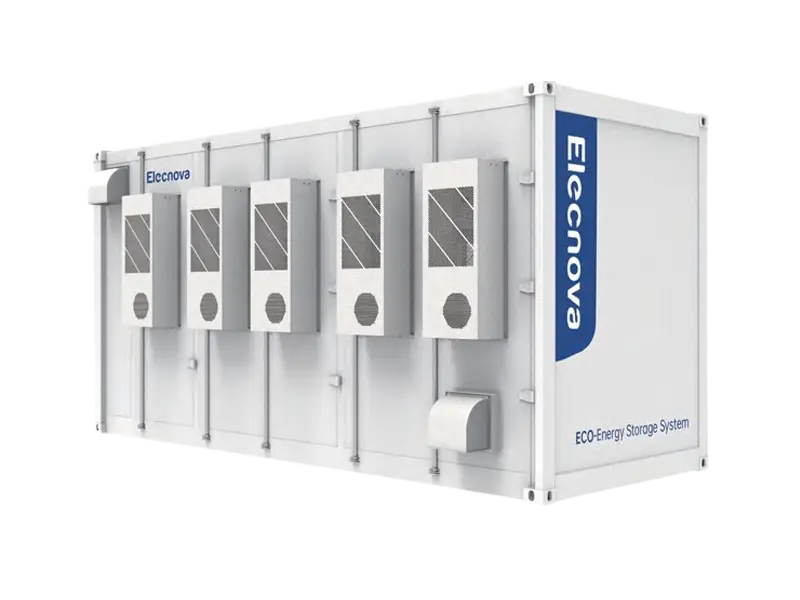
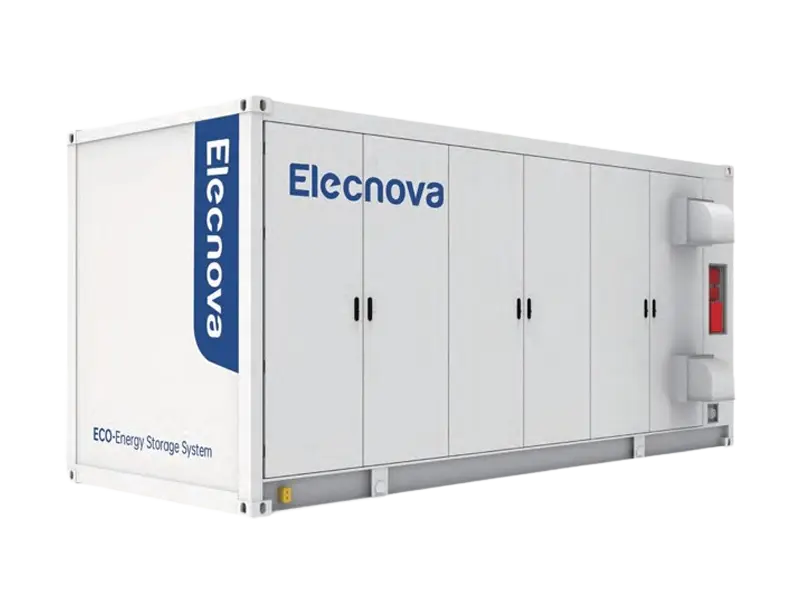
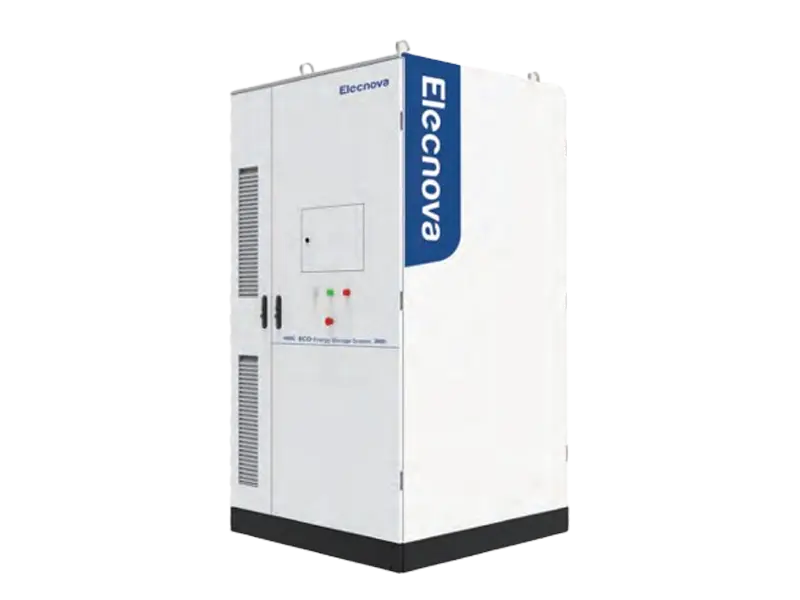
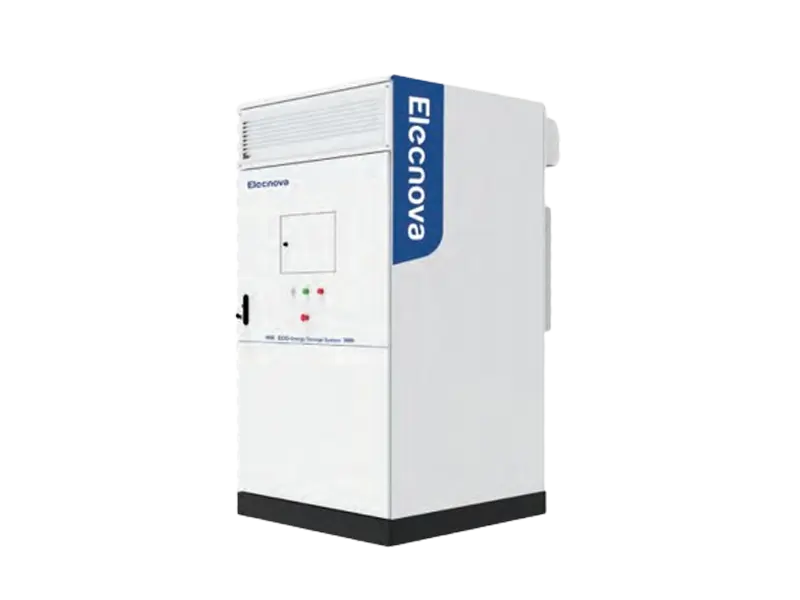
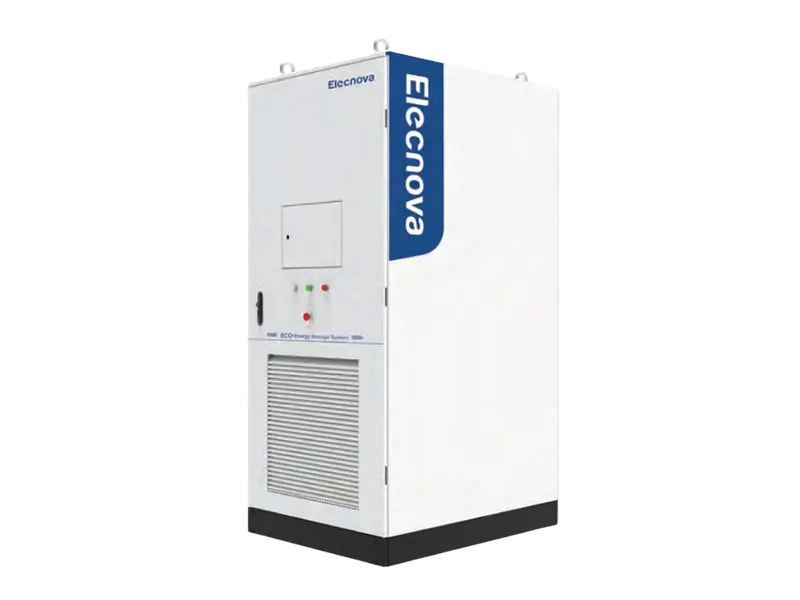

 CN
CN EN
EN
 fr
fr  de
de  es
es  it
it  ru
ru  ar
ar  vi
vi  tr
tr  th
th 



